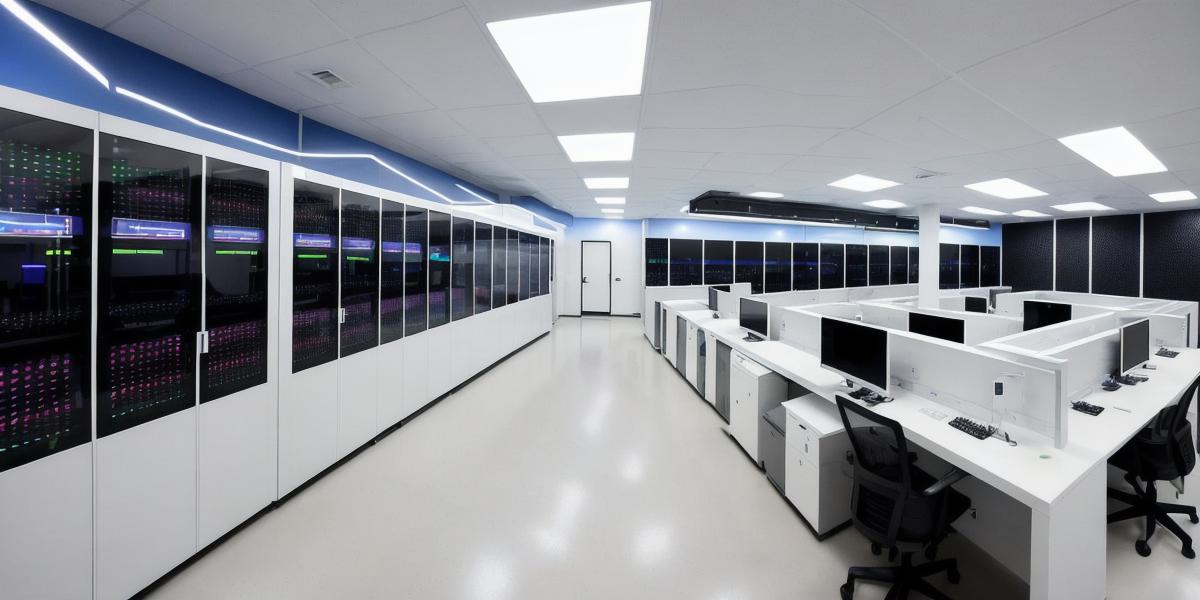In today’s data-driven world, organizations collect massive amounts of data daily. However, this data is often incomplete, inconsistent, or contains errors. Enter a concept called a "Data Clean Room."
**Definition:**
A Data Clean Room is a secure and isolated environment where third parties can access, analyze, and clean raw data without direct contact with the original data source. It allows for data processing while maintaining privacy and security compliance.
**How it Works:**
1. **Raw Data Extraction:** The first step involves extracting raw data from various sources, such as databases or applications.
2. **Data Isolation:** The raw data is then transported to the Data Clean Room, which is physically and logically separated from the original data source.
3. **Data Processing:** In the Data Clean Room, third parties can access and process the data using advanced analytics tools, machine learning algorithms, or other techniques to identify and correct inconsistencies, errors, or incomplete records.
4. **Output Generation:** Once the data has been cleaned, it is packaged into a format that can be easily consumed by downstream applications or systems.
5. **Secure Transmission:** Finally, the cleansed data is securely transmitted back to its originating source or other authorized destinations.

**Privacy and Security Benefits:**
A Data Clean Room provides several benefits when it comes to protecting sensitive information:
1. **Data Privacy:** By isolating raw data in a secure environment, organizations can ensure that third parties do not have direct access to the original data source, reducing the risk of unauthorized access or data breaches.
2. **Compliance with Regulations:** A Data Clean Room helps organizations meet regulatory requirements by ensuring that sensitive data is processed and transmitted only in a secure and compliant manner.
3. **Reduced Risk of Error:** By cleaning data in a controlled environment, organizations can minimize the risk of errors that may occur when processing raw data directly within applications or databases.
4. **Improved Data Quality:** A cleaner dataset leads to more accurate insights and analytics, improving decision-making capabilities and business outcomes.
**Examples and Summary:**
A well-known example of a Data Clean Room is Google’s Ads Data Hub. It allows advertisers to access and process their advertising data from Google while maintaining privacy and security compliance.
Another instance is Snowflake’s Data Sharing solution, which enables organizations to securely share cleansed data with trusted partners without sharing the underlying raw data.
In conclusion, a Data Clean Room offers numerous advantages in terms of data privacy, security, and quality. By processing raw data within an isolated and secure environment, organizations can minimize risks, ensure compliance, and improve overall data quality for better business outcomes.
